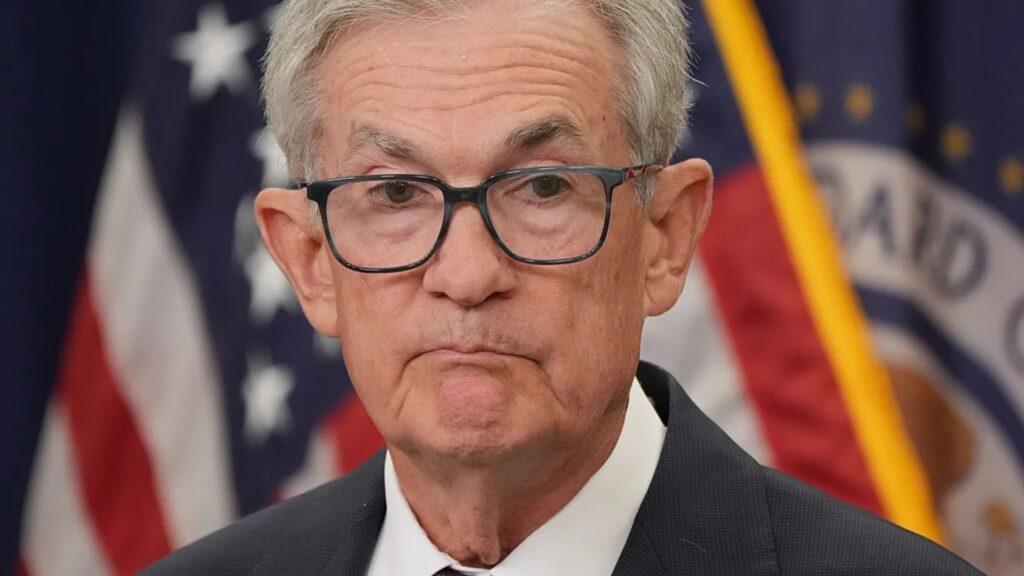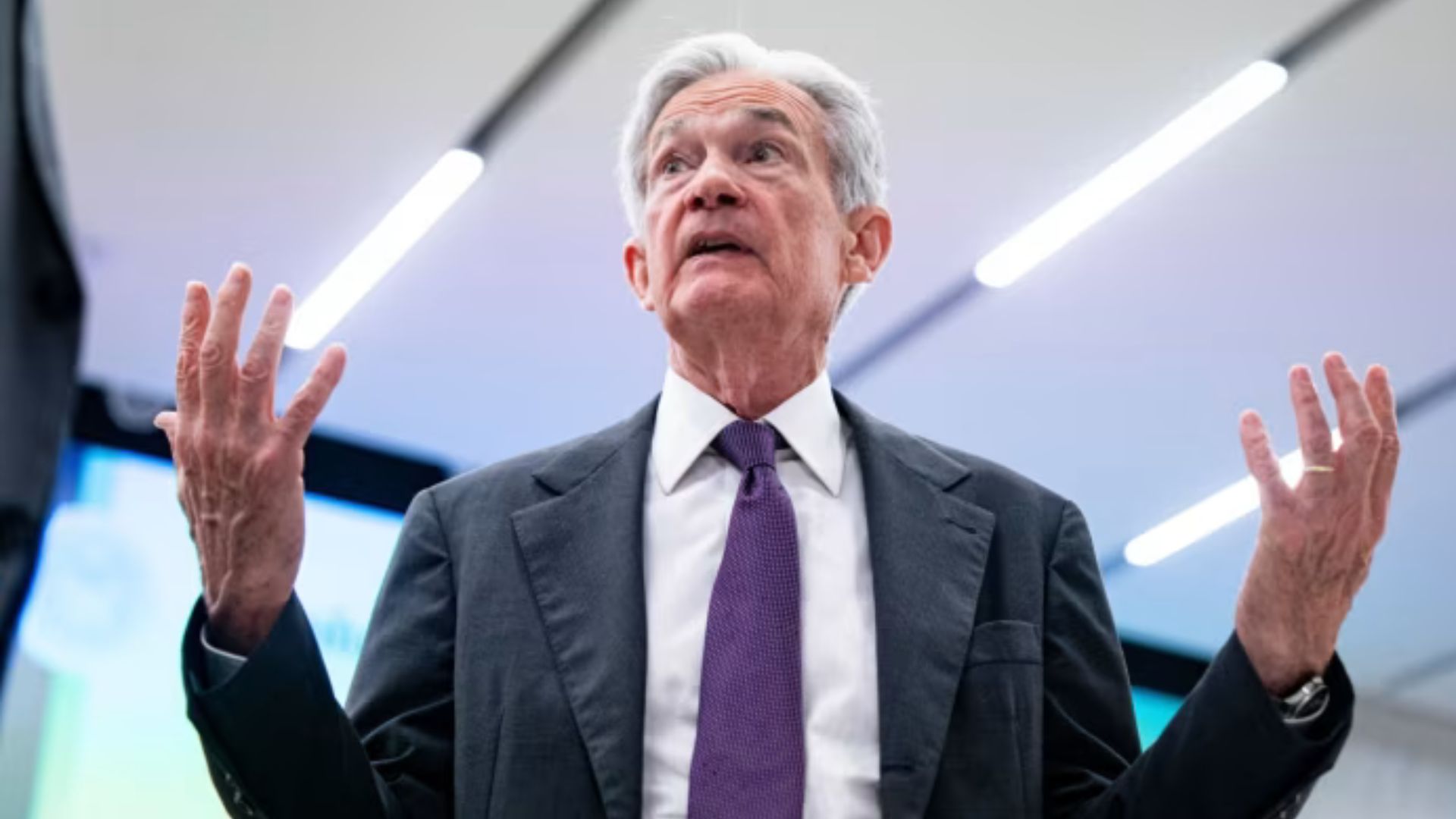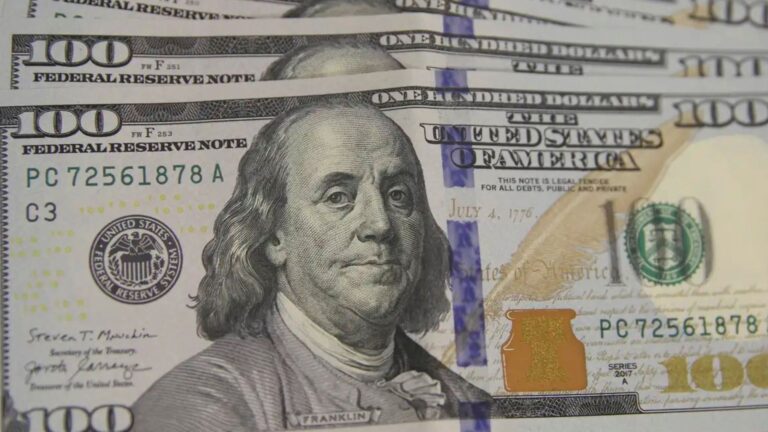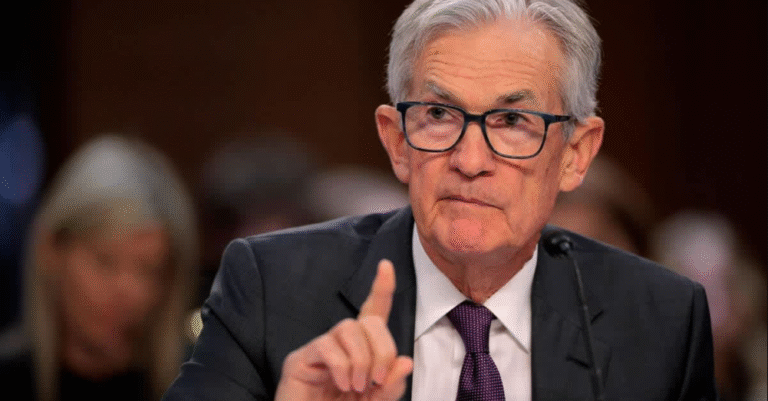
The Federal Reserve delivered its first interest rate cut of 2025 on Wednesday, lowering the target federal funds rate by 25 basis points to a range of 4.00%–4.25%. This move ended a nine-month pause in monetary policy but did not signal the aggressive easing many investors had hoped for, leaving markets to parse mixed messages about the Fed’s future intentions.
The decision comes against a backdrop of persistent inflation at 2.9% and slowing employment growth, presenting a challenging trade-off for policymakers. Fed Chair Jerome Powell framed the cut as a “risk-management” measure rather than the start of a broad easing cycle, emphasizing that subsequent rate decisions will depend on incoming data (Federal Reserve FOMC statement).
Global Market Reaction: Relief Tempered by Uncertainty
Equity markets reacted unevenly to the Fed’s decision. In the United States, the Dow Jones Industrial Average rose 0.6%, buoyed by utilities and real estate stocks. The S&P 500 slipped 0.1%, and the Nasdaq Composite fell 0.3% after initial gains faded amid doubts over sustained monetary support (Yahoo Finance).
European futures indicated cautious optimism: the FTSE 100 was poised to rise 0.18%, and Germany’s DAX was up 0.65%, as investors awaited further guidance from Fed officials.
In Asia, Japan’s Nikkei 225 reached an intraday record high of 45,055.99 before settling with modest gains. Technology shares led the rally—Resonac Holdings surged 8.7%, and Screen Holdings jumped 4.8%—but a stronger yen limited exporter gains (Channel News Asia). Hong Kong’s Monetary Authority mirrored the Fed with a 25 bp cut to 4.50%, aiming to support property markets and economic growth.
Fed’s Economic Outlook and Policy Path
Powell highlighted that while inflation remains above the Fed’s 2% target, at 2.9%, the labor market is cooling. The updated Summary of Economic Projections forecasts U.S. GDP growth of 2.1% in 2025 and an unemployment rate rising to 4.1% by year-end. Long-term inflation expectations remain anchored near 2%, but Powell warned, “there are no risk-free paths now,” underscoring the Fed’s cautious stance (Federal Reserve FOMC statement).
Unprecedented Political Pressure on the Fed
This rate cut occurred amid extraordinary political intervention. President Trump’s newly confirmed Fed Governor, Stephen Miran, cast the sole dissent in favor of a 50 bp cut. Miran, confirmed by the Senate hours before the policy meeting while on leave from his White House role, marks an unprecedented breach of Fed tradition (Reuters).
Meanwhile, the administration’s attempt to remove Governor Lisa Cook—the first such effort in the Fed’s 112-year history—was blocked by an appeals court and is headed to the Supreme Court. Powell stressed that the Fed must preserve its independence to maintain credibility.
Implications for Borrowers and Investors
For consumers and businesses, the cut translates to marginally lower borrowing costs for mortgages and loans, while savers face downward pressure on deposit rates. Corporate bond issuance picked up as firms locked in cheaper financing. Money market funds and short-term investors saw yields decline, reflecting the Fed’s policy shift.
Investors will closely watch upcoming CPI inflation data and nonfarm payrolls to assess whether the Fed will proceed with further cuts or hold steady. With mixed signals from Fed projections and heightened political scrutiny, the path forward remains uncertain.












